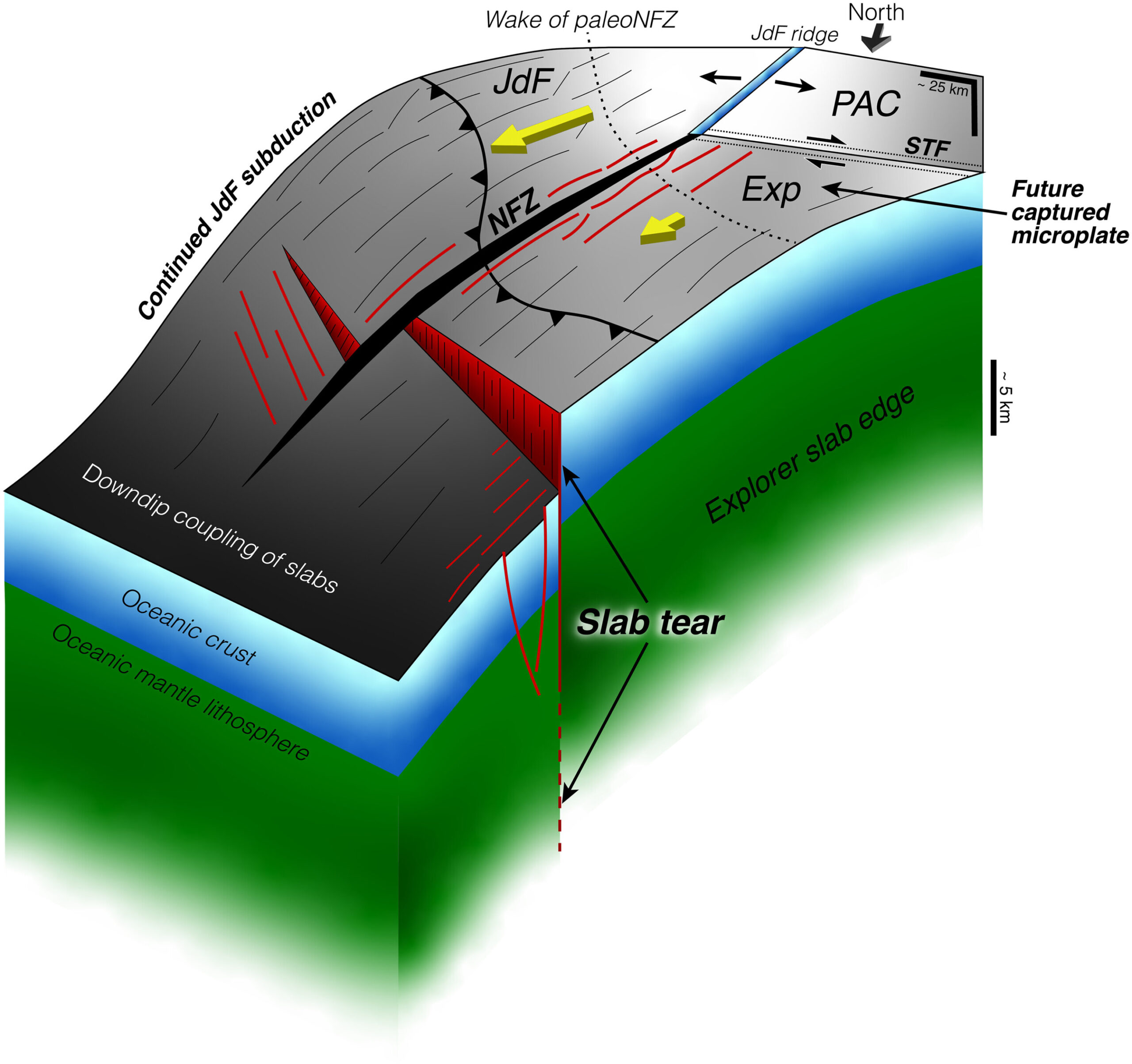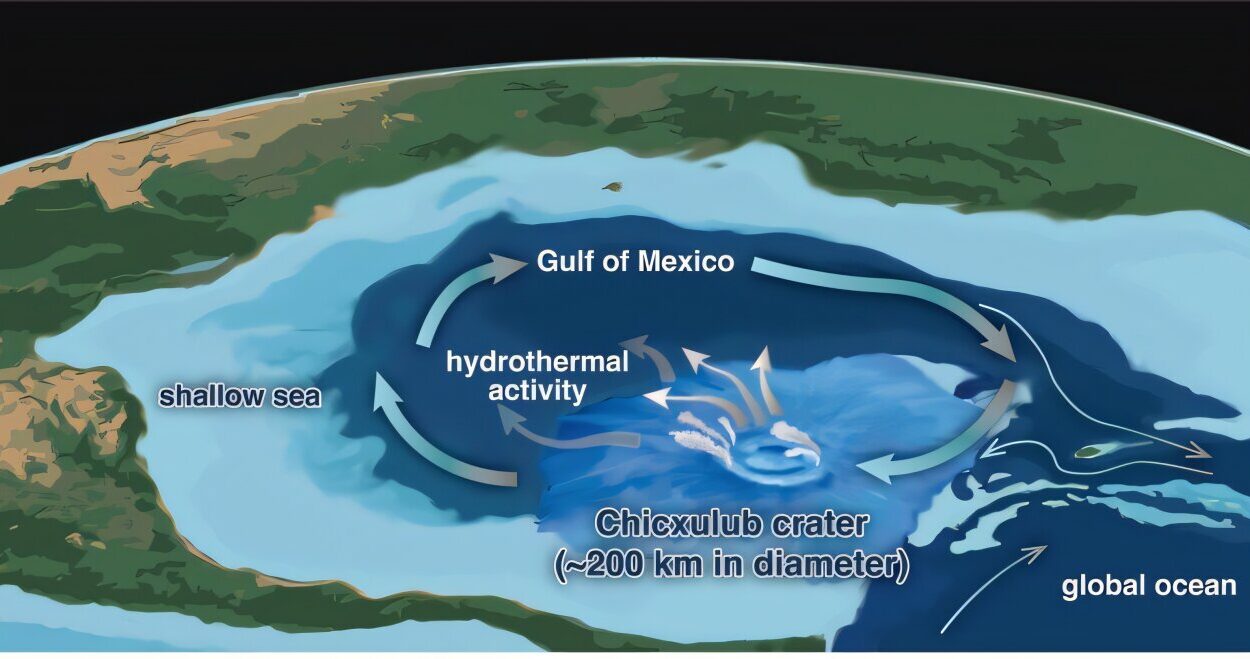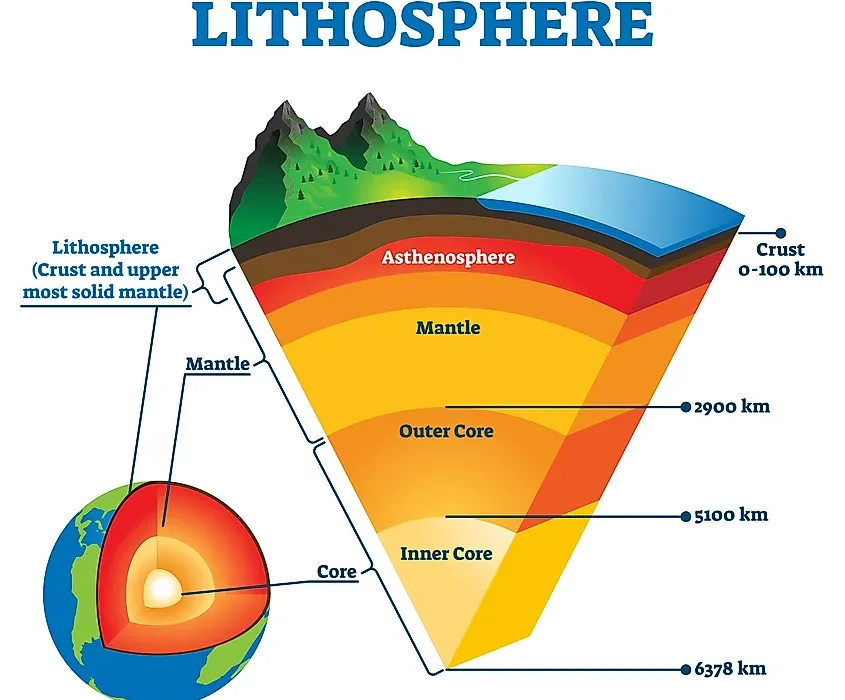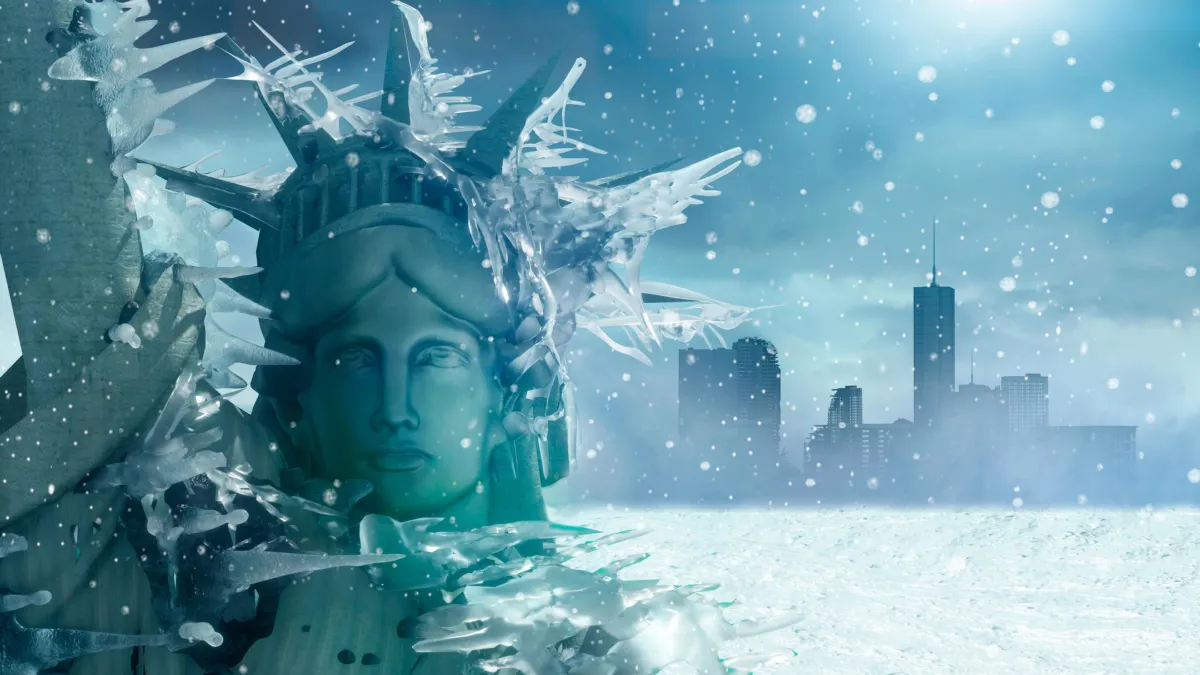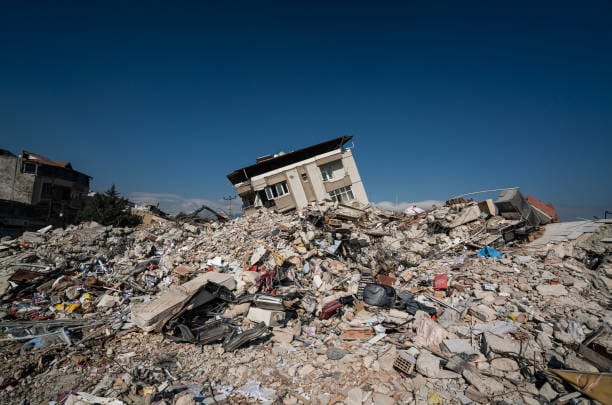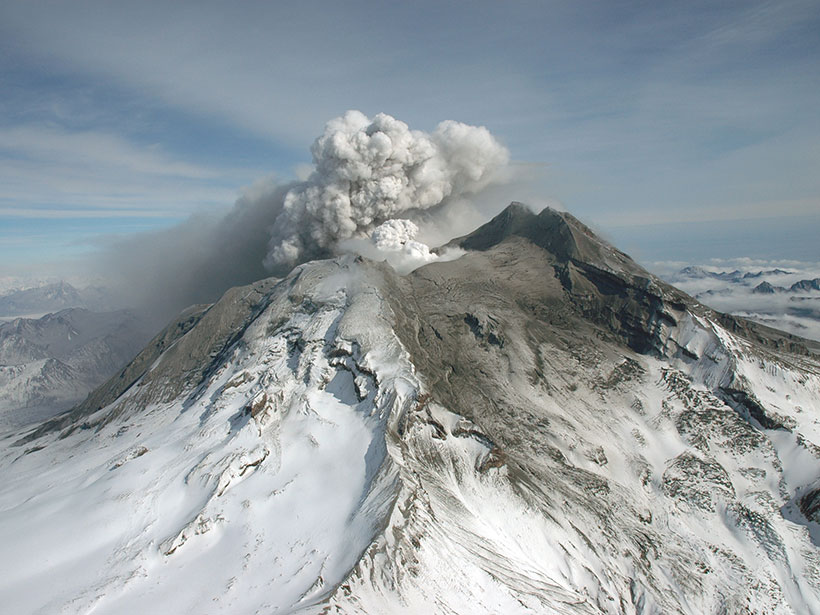For the first time in human history, scientists have caught a subduction zone—the immense collision point where one tectonic plate slides beneath another—in the act of breaking apart. Reported in Science Advances, this discovery is not only a milestone in geology but also a vivid reminder that Earth’s surface is alive, restless, and constantly changing.
Subduction zones are the hidden engines of our planet. They are where continents shift across the globe, where volcanoes erupt with fiery violence, and where some of the largest earthquakes ever recorded are born. Without them, Earth would look unrecognizable. They recycle the seafloor into the deep mantle, keep our planet’s crust in balance, and sculpt the face of continents.
But nothing in geology lasts forever. For decades, scientists have wondered: if subduction zones can persist for tens of millions of years, what finally brings them to an end? The answer has long been elusive. Now, off the coast of Vancouver Island in the Cascadia region of the Pacific Northwest, researchers have found that subduction zones don’t simply stop—they unravel, tearing apart piece by piece in a slow, dramatic collapse.
The Train Metaphor
Brandon Shuck, lead author of the new study and an assistant professor at Louisiana State University, offers a striking analogy. “Getting a subduction zone started is like trying to push a train uphill—it takes a huge effort,” he explained. “But once it’s moving, it’s like the train is racing downhill, impossible to stop. Ending it requires something dramatic—basically, a train wreck.”
The image is haunting. For centuries, geologists have marveled at how relentless subduction can be. A dense oceanic plate, once set in motion, plunges beneath its neighbor with unstoppable momentum, dragging down seafloor and creating earthquakes as it descends. The revelation that these systems die not in a sudden crash but in a slow derailment—a train coming apart car by car—reshapes how we understand the life cycle of tectonic plates.
Peering Into the Deep
To capture this geological derailment in real time, scientists relied on cutting-edge technology. During the 2021 Cascadia Seismic Imaging Experiment, the research vessel Marcus G. Langseth, operated by the Lamont-Doherty Earth Observatory, sailed across the waters off Vancouver Island. From the ship, researchers sent powerful sound waves into the seafloor. These waves bounced back from the layers beneath, much like an ultrasound revealing the body’s hidden structures.
The echoes were recorded by a 15-kilometer-long streamer of listening devices trailing behind the vessel, producing high-resolution images of Earth’s subsurface. Combined with decades of earthquake data, the results painted a dramatic picture: the Juan de Fuca plate, which is currently sliding beneath North America, is tearing apart.
A Zone in Pieces
The seismic images revealed tears slicing through the plate like deep wounds. In one region, a massive section had dropped by nearly five kilometers, marking a rupture where the plate is actively breaking. Earthquake records confirmed the story: along a 75-kilometer-long tear, some parts remain seismically active while others are eerily silent. The silence itself is evidence that parts of the plate have already detached.
Shuck describes it vividly: “It’s not 100% torn off yet, but it’s close.”
This marks the first time scientists have directly observed a subduction zone in the process of disintegration. Rather than collapsing all at once, the plate is unraveling gradually, a phenomenon researchers call “episodic” or “piecewise” termination. Each tear cuts momentum from the larger plate, slowing its descent into the mantle until the entire system eventually shuts down.
Lessons From Earth’s Past
This new insight does more than illuminate Cascadia’s present—it also helps explain puzzling features of Earth’s past. Across the planet, geologists have found fossil microplates, the remnants of ancient tectonic systems that once dominated the oceans but now lie broken and abandoned. A striking example lies off Baja California, where fragments of the once-massive Farallon plate litter the seafloor.
For decades, the origin of these microplates was mysterious. Why would a gigantic subduction system collapse into smaller shards? Cascadia provides the answer: subduction zones don’t die in a single catastrophic event but instead unravel in stages, leaving behind a geological mosaic of fragments as evidence of their long, slow deaths.
Earthquakes and Human Risk
The findings also matter for people living above these restless boundaries. The Cascadia subduction zone, stretching from British Columbia down to northern California, is infamous for its potential to unleash earthquakes of magnitude 9 or greater, accompanied by devastating tsunamis. The last such megaquake struck in the year 1700, and geological evidence shows they recur roughly every 300 to 600 years.
Do these newly discovered tears change the risk? On human timescales, the answer is no. Cascadia remains capable of generating catastrophic earthquakes. But the fractures add complexity to how seismic ruptures might spread through the region. Could a future megaquake jump across one of these deep tears? Could the breaks redirect or halt a rupture? These questions remain open, and researchers are now refining hazard models to account for the newly observed structures.
The Poetry of a Dying Giant
There is something profoundly moving about watching a system so immense collapse in slow motion. Subduction zones are among the most powerful engines of Earth’s geology, driving mountain building, volcanic arcs, and the drift of continents themselves. Yet even they are mortal.
Rather than an abrupt ending, the Cascadia subduction zone is teaching us that geological death can be gradual, almost graceful—a train derailing not with a single crash but with the steady unhooking of each car. Over millions of years, these small tears accumulate, momentum fades, and one of Earth’s greatest geological processes quietly shuts down.
In this way, the dying of a subduction zone mirrors life itself: a reminder that even the mightiest systems are impermanent, that change is the only constant, and that destruction can also give rise to creation. As plates shatter and rearrange, they seed new boundaries, new earthquakes, new mountains, and new possibilities for the surface of our world.
A Living Planet
What emerges from this research is not just a sharper scientific understanding but a deeper appreciation of Earth as a living, evolving planet. Subduction zones are not eternal scars but dynamic features with a beginning, middle, and end. Their slow unraveling explains the geological record we see today and shapes the landscapes of tomorrow.
For those living in the Pacific Northwest, the discovery underscores the importance of vigilance in preparing for earthquakes and tsunamis. But it also connects us to the vast timescales of geology, where the rise and fall of tectonic systems play out over millions of years, and human history is but a fleeting moment.
In witnessing a subduction zone die, we are reminded that Earth is not a static backdrop to our lives—it is an active, restless companion, forever reshaping itself beneath our feet.
More information: Brandon Shuck et al, Slab tearing and segmented subduction termination driven by transform tectonics, Science Advances (2025). DOI: 10.1126/sciadv.ady8347
